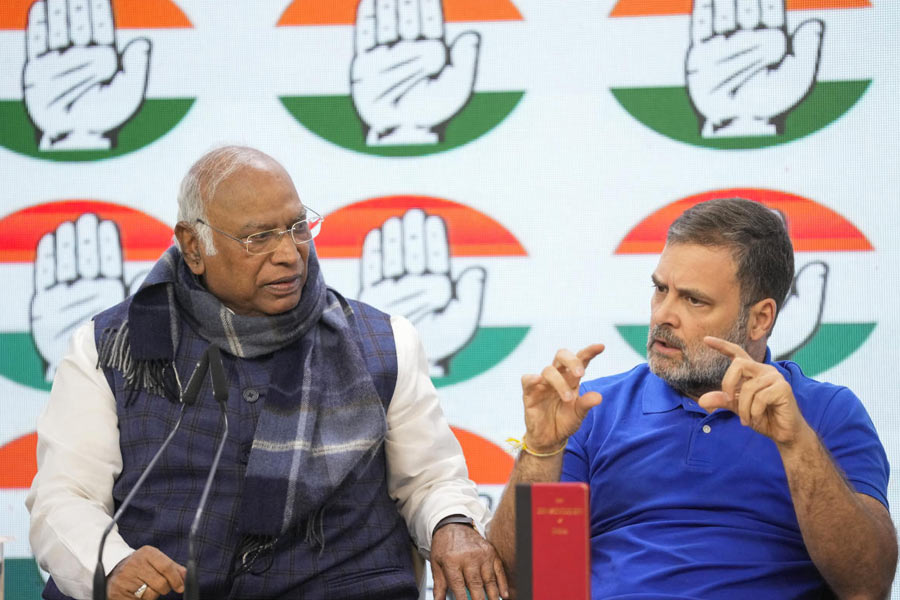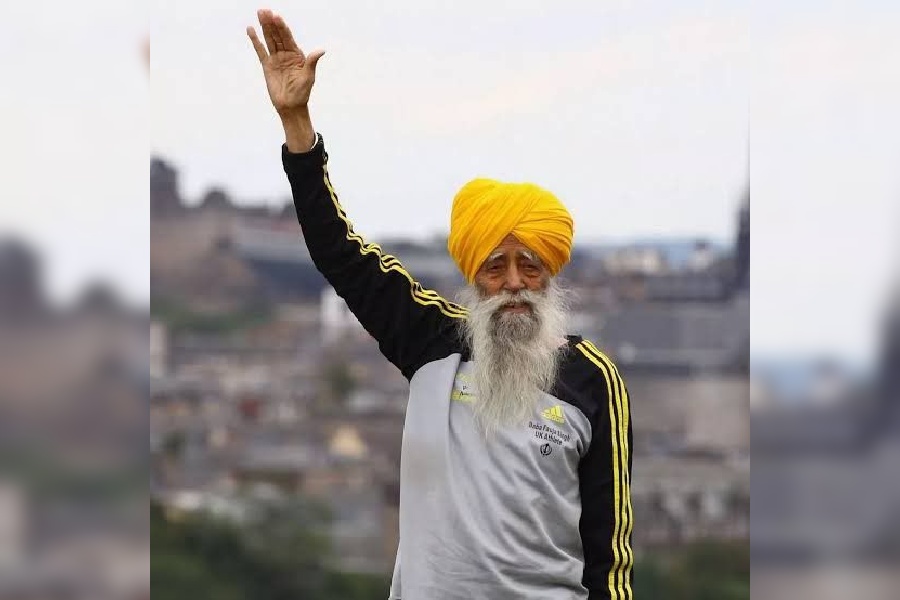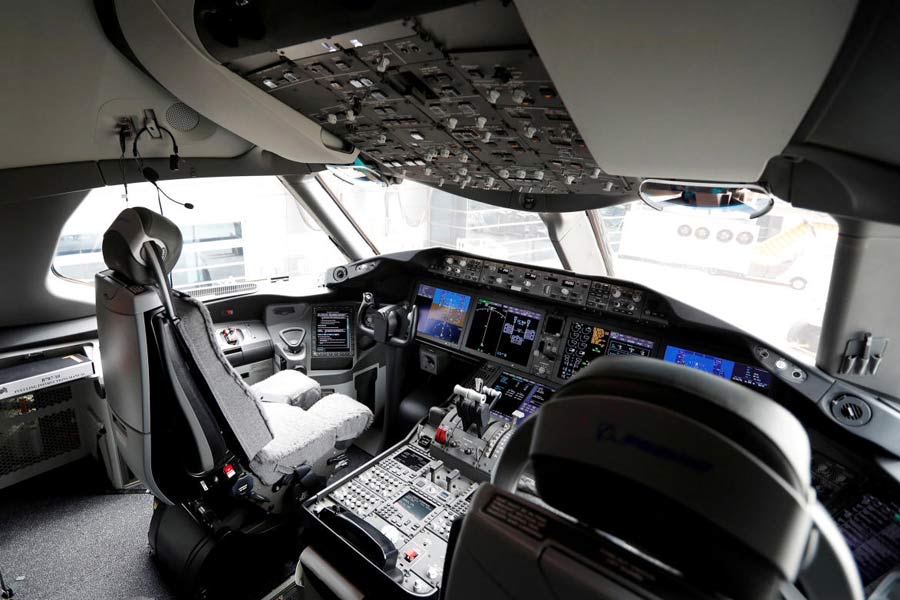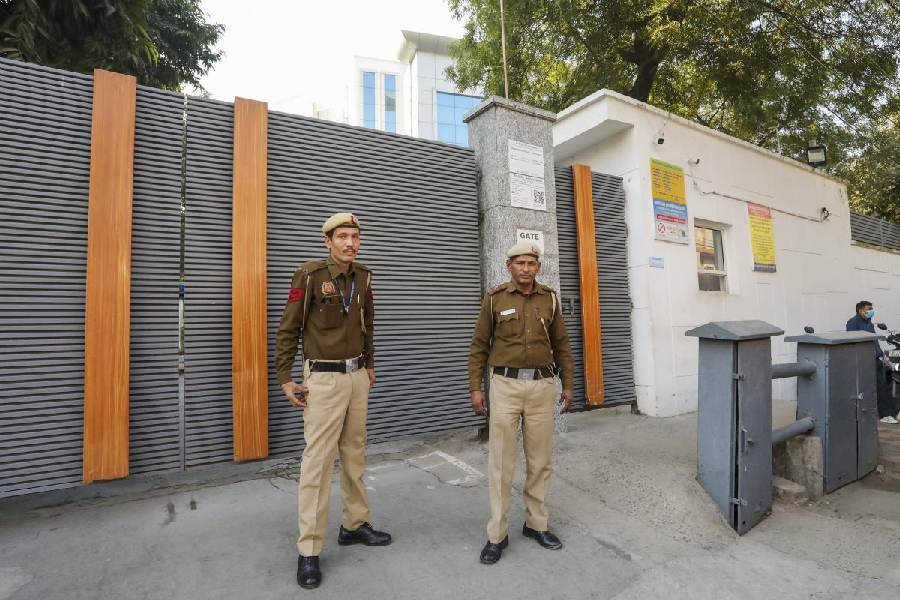 |
No matter how busy the schedule, Saturday mornings in Ashok Amritraj’s sprawling house in the heart of Beverley Hills, Los Angeles, is devoted to tennis. It is when the 54-year-old former tennis champion turned film producer knocks around in his court with family and friends. Those displaying their forehand skills could include actors Dustin Hoffman and Steve Martin or a collection of executives from the Hollywood film fraternity. And it is always followed by a sumptuous Indian meal: anything from chicken tikka and vindaloo to dosas and coconut chutney.
“I love Indian food,” says Amritraj simply. “And I love bringing together Indian and Western cultures. It is how I have lived and what I always encourage.”
We are sitting in the Fountain Room of the Crowne Plaza Hotel in St James, a stone’s throw from Buckingham Palace. Amritraj is in London to celebrate 30 years in Hollywood, a journey that took him from Chennai to Los Angeles via London and Wimbledon. Hence the London stopover.
He looks remarkably fresh though he has been doing back-to-back interviews all afternoon. Impeccably dressed and extremely polite, Amritraj has an easy charm. It is not hard to see why he has managed to make his place in the world’s most glamorous industry.
On May 16, he will be smiling from the cover of Variety magazine, which is hosting a cocktail in his honour at the Cannes Film Festival to celebrate the date of his 100th film production.
The producer, whose films include Double Impact, Bandits, Moonlight Mile, Raising Helen and Bringing Down the House and who has worked with Hollywood stars such as Bruce Willis, Angelina Jolie, Susan Sarandon, Kate Hudson and Sylvester Stallone, apart from Hoffman and Martin, remains strongly linked to India and particularly Chennai, the city of his birth.
For it was in Madras, as it was then known, that Ashok, the youngest brother of tennis champions Vijay Amritraj and Anand Amritraj, skipped tennis practice and lessons to go to the Sapphire Theatre to watch blockbusters such as Ben Hur and The Sound of Music.
“There was a lot of sneaking away,” he laughs. “I saw The Sound of Music 32 times. I fell in love with the eldest daughter, Liesel. I guess my love for cinema started in those days. I used to get thrilled watching the slogans of the studios — Columbia, MGM and Fox — as the films started. Little did I know that one day I would actually work with them.”
Hard work has always been crucial to the Amritraj family. Their father, Robert, worked in the railways and their mother, Maggie, herself a tennis player, was the driving force behind the three boys. “It was an extraordinary time. I was extremely lucky to have parents like mine,” he says.
His elder brothers had already worked the grass courts of Wimbledon, and Ashok carried on with the good work. In 1974, he was a Wimbledon Junior finalist. The next year he went to the US to play for the Los Angeles tennis team, winning it the World Championship in 1978. It was a trip that was going to change his life, as the glamour of tinsel town lured the young tennis player.
“I always knew that my heart was in the movies, and I felt I would give it a shot,” Amritraj says.
“They were tough times. It was a very white world, a closed world. It was a time that Americans knew nothing about any other part of the world. I used to get asked where Singapore was in India. I was a complete outsider, a tennis player from India who wanted to make films. I had a name they could not pronounce. Sometimes I used to shrug and think, at least, if nothing else, they are always going to remember my name.”
Amritraj says he learnt quickly how to “make a dollar stretch”. He started playing brand tennis games to break into business and meet Hollywood executives. His networking skills worked. “Today they play in my house.”
Starting off with a bunch of small movies, Amritraj got his break when he met actor Jean-Claude Van Damme in 1991 and made Double Impact, a martial arts film with a Bollywood-style theme of separated twins avenging the killing of their parents. Golden Globe nominations came with the 2001 crime comedy film Bandits, starring Cate Blanchett and Bruce Willis, and soon his film company, Hyde Park Entertainment, set up in 1999, was on a roll.
Named after London’s iconic park, where Ashok fondly remembers spending long summer days during his trips to Wimbledon, the company is now one of the leading entertainment companies of Hollywood, producing a wide range of films from thrillers to comedy and drama. The company recently linked up with Reliance and Adlabs from India to produce films that connect both countries.
I bring up the topic of the much-touted “crossover” films and Ashok laughs. “I think Hollywood and Bollywood are on parallel tracks at the moment,” he says. “Crossover is a crazy word. We need Indian movies to break through beyond just home and diaspora audiences, but it will be a while before Indian films can get a western audience. However I do think it will happen.”
He rues the lack of writers for Indian cinema. “Indian cinema desperately needs original stories. There is so much talent. Directors and stars get so much credit that the writer is eclipsed. I think writers need more money and credit.”
For Amritraj, the key criterion in cinema is the screenplay. Of the thousands of ideas that come into the studio and the few that are finally developed, it is always the screenplay that is the most crucial. Amritraj himself pores over the script, highlighting bits, dog-earing pages and making extensive notes.
He also feels that the Indian film industry has to broaden its base as it is still controlled by a group of “five guys in the North.” At the same time he is dismissive of the crop of Bollywood films recently funded by Hollywood studios, saying they are not broadening Indian cinema and bringing it to the West but making the same genre of Bollywood films for Indian audiences. “It is just a business proposition for them,” he says.
Being the first Indian to make an impact on Hollywood, Amritraj’s LA office is the first stopping point for all young directors from India and even second generation Indian Americans. “I like to talk to young directors. The discussions always gravitate towards crossover films and I give them my advice. I feel I am too young to be playing the role of a mentor — apart from the fact that I have a crop of grey hair — but it is something I enjoy.”
He names young Indian American actors such as Kal Penn and Sendhil Ramamurthy as promising young talent. “The Indian-American young generation has grown up with Hollywood films. They are aware of the demands of a good script and storyline,” says Amritraj.
With wife Chitra, with whom he had an arranged marriage in Chennai 18 years ago, Amritraj believes in strong traditional family ties. His children — daughter Priya (16) and son Milan (12) — both play tennis with him on Saturdays. Despite his busy schedule, he finds time every once in a while to actually go to the cinema and watch a film.
“I still love going to the movies and having the whole experience,” he says. “There is a magical feeling when the lights go out.”










